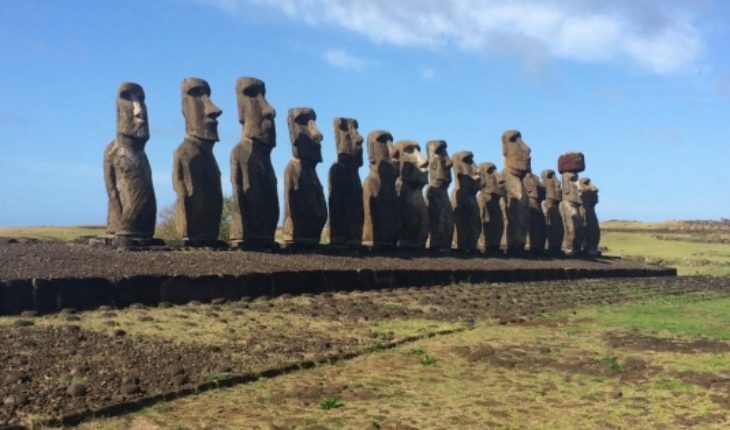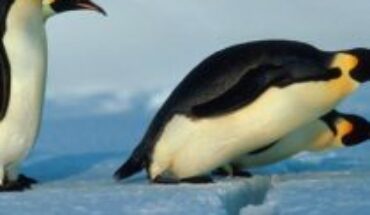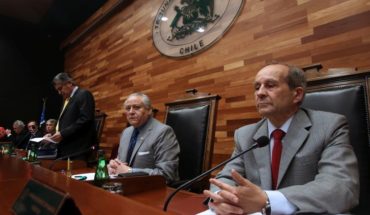consensus until now theory defends that the population of that island pyrometers IO in 1860s by a series of episodes devastating, including infighting and the abuse of natural resources.
However, an international team of researchers analyzed the chemical composition of the tools used to create the iconic monolithic stone statues of the island and found evidence of a civilization “which people sophisticated They collaborated and shared information”.
Author Dale Simpson, archaeologist from the University of Queensland (Australia), argues that the idea of unbridled competition and the collapse of Easter Island ” may be overblown”by other investigations.
“For me, the stone carving industry is solid proof that there was cooperation between the families and artisanal groups,” said Simpson, contrary to the established previously on this island located in Polynesia, in the middle of the Pacific Ocean.
Statues exist on the island almost thousand MOAI, which represent important ancestors and which may reach up to 21 meters of height.
For their study, the researchers examined tools made of volcanic rock basalt found during recent excavations at four statues in the region of Rano Raraku, the quarry from which material was taken.
The results of the chemical analysis of these tools, known as toki, suggest a high level of collaboration in the production of statues.
“The majority of the toki came from a complex: once people found the quarry that they liked, stayed with it.” All use a type of stone, I think that they had to work together and why they were so successful”, said Simpson.
Lead author argued that this level of cooperation on a large scale contradicts the popular narrative that the inhabitants of the island were left without resources and destroyed themselves because of wars, although it did not offer an alternative theory about the end of this civilization.
translated from Spanish: Scientists debated theory of the collapse of civilization of Easter Island
August 14, 2018 |





